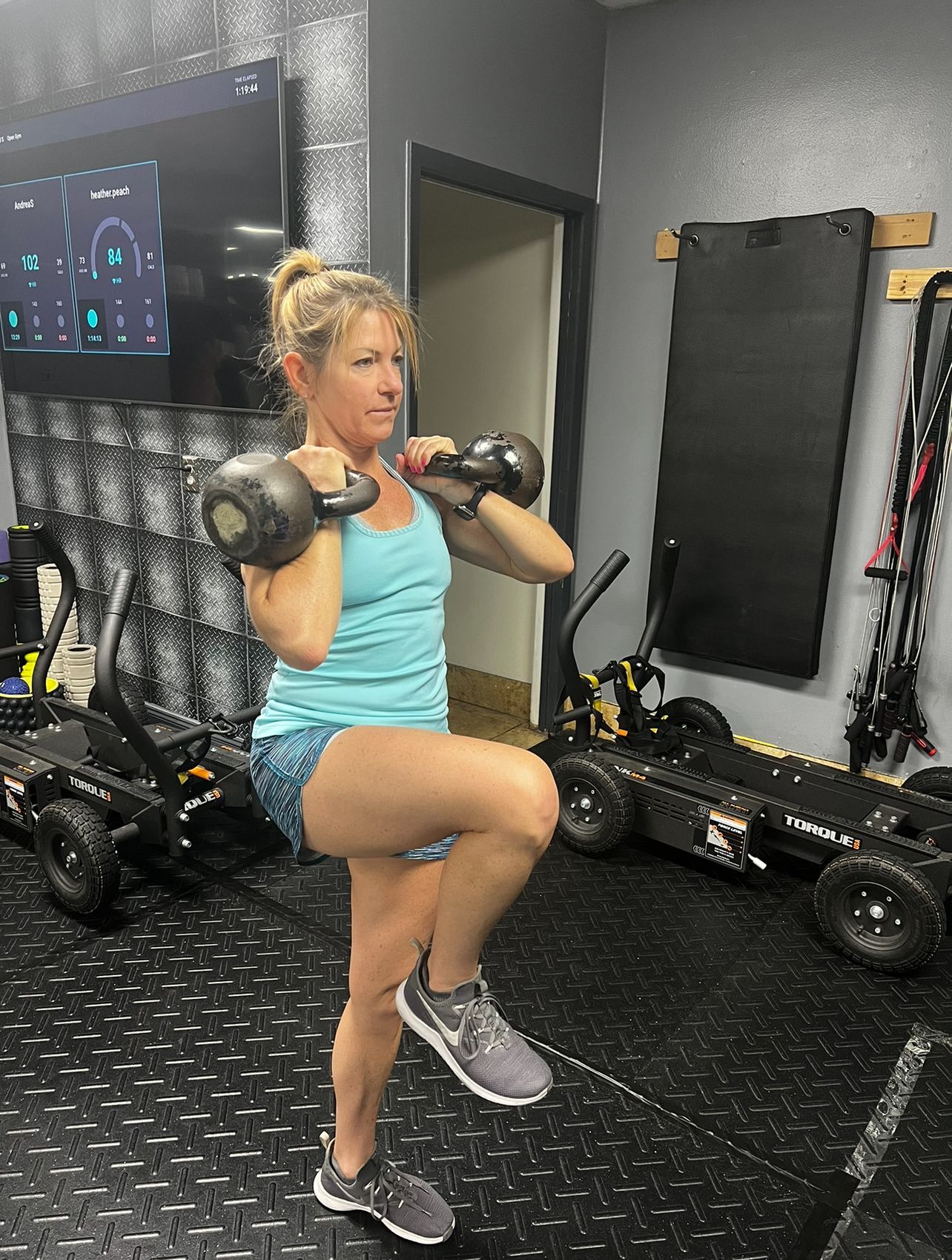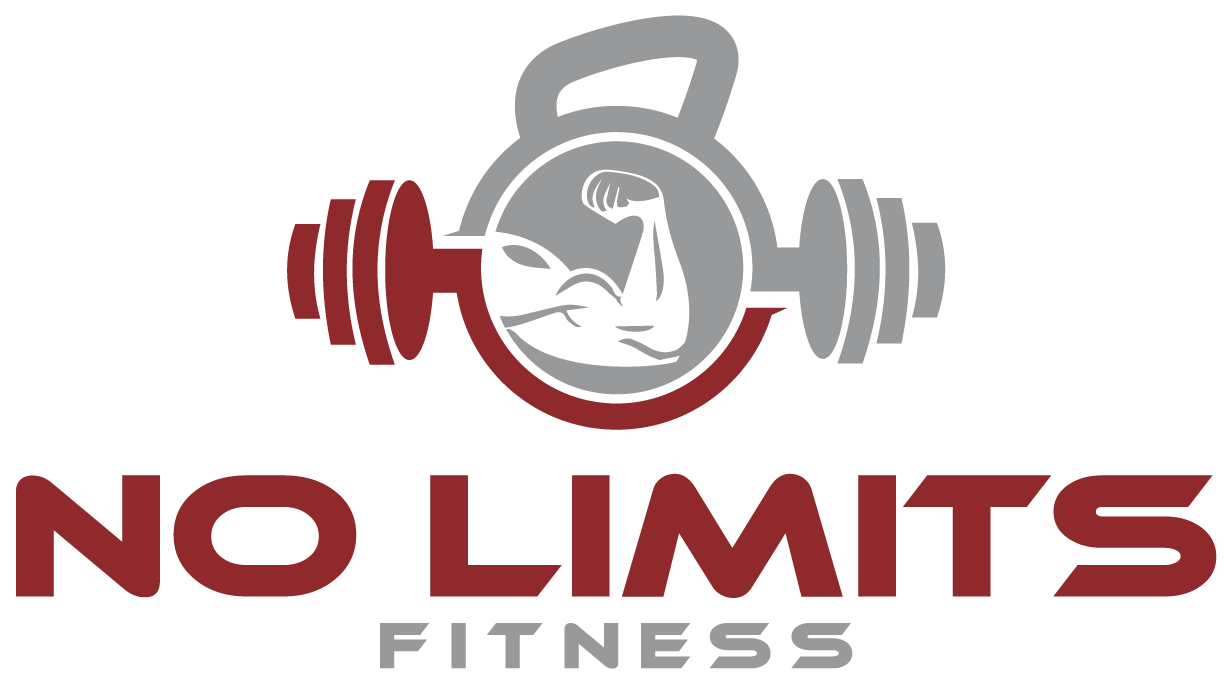Which Is Better: Full Body Workouts Or Split Routines?
So, you’re wondering if you should be doing full body workouts or split routines, right? This question comes up often, and many personal trainers have strong opinions on the topic. I know plenty of trainers that use split routines personally, but advise full body routines for their clients.
Say what?!
Before your head spins, and you go on a rant, this post will lay out the pros and cons of both full body workouts and split routines. Both approaches are effective, and hopefully this helps you determine which is best for you.
A full body workout , as the name indicates, is a workout in which you are exercising your entire body, with all major muscle groups being targeted.
A split routine , also referred to as a training split or body part split, separates your movement patterns or muscle groups on different days.
Examples of popular split routines are:
3 Day Split
Day 1 Legs, abs
Day 2 Chest, triceps, abs
Day 3 Back, biceps, abs
Upper / Lower Body Split
Days 1 & 3 Lower Body
Days 2 & 4 Upper Body
Push/Pull/Legs
Day 1 Pushing muscles / exercises
Day 2 Pulling muscles / exercises
Day 3 Legs
Full Body Workouts: Pros and Cons
Pros
Schedule – If you miss a workout, it’s not a big deal. If you typically workout 3 times per week, but can only make it twice in a given week, you’re still targeting all major muscle groups. No cause for alarm.
Greater frequency per muscle group . The more frequently you stimulate a muscle, the more you it will grow. This assumes you’re training fresh, and using appropriate weights and rep ranges.
Greater energy expenditure per workout . Full body workouts typically produce greater energy expenditure because they target more, and larger, muscle groups in a session.
Time Efficiency . Full body workouts allow you to get more work done in less time.
Cons
Fatigue . Without adequate or personalized programming, full body workouts can make it harder to walk the line between results and fatigue from overtraining. This can lead to decreased performance in the gym.
Difficult to Focus on a Given Muscle Group . Additional focus on a particular muscle group can be difficult due to the intensity of the workouts and the recovery time needed.
Who should do Full Body workouts?
Full body strength training workouts are best for cardio lovers, and busy professionals that have limited gym time available on a weekly basis.
If your body fat is higher than 20% for men, or 28% for women, you should consider full body workouts as they will maximize your calorie burn.
Split Routines: Pros and Cons
Pros
Manageable Fatigue . Although volume and intensity can determine fatigue, split routines are a better way to manage overall fatigue levels because they allow for multiple days of recovery for movements and muscle groups.
Prioritizes Strength . When training muscle groups only once or twice per week, split routines allow you to push your limits while providing sufficient recovery time.
Target Specific Muscles . Split routines allow you to focus more energy into a limited number of muscles or muscle groups.
Cons
Schedule Restraints . Not always reasonable for those with limited time to be spent at the gym.
Lower training frequency per muscle group . If you’re wanting to improve a particular lift, split routines can be limiting due to lower training frequencies for a given lift (squats).
Muscle Imbalances . Have you seen that guy with arms bigger than his legs? Without a proper programming, it’s easy to overdevelop certain muscle groups at the expense of others. Several split routines only have one day dedicated to legs, and this is probably the day the big arms guy keeps missing.
Who should use Split Routines?
Split routines are great for fitness models, bodybuilders, and advanced lifters. If you religiously hit the gym for strength training workouts 3 times per week or more, split routines can provide you with more flexibility.
Why We Use Full Body Workouts at No Limits Fitness
The majority of our members are strength training less than 3 days per week. Our small group personal training sessions are roughly an hour, and full body routines allow us to do more work in less time compared to split routines.
We use more compound movements like squats and deadlifts. These moves incorporate more muscle groups than single joint exercises, like leg extensions.
Finally, split routines don’t always include things such as power training or conditioning. Kettlebell complexes, as an example, develop both strength and power, while generating maximum calorie burn at the same time.
If you’d like to work with a group of personal trainers dedicated to helping you reach your goals, click on the button below to get started with a 30 Day Trial.
The post Which Is Better: Full Body Workouts Or Split Routines? appeared first on No Limits Fitness.
About No Limits
No Limits Fitness provides step-by-step programs to help busy adults get the body they’ve always wanted, without restrictive diets or time-consuming workouts, so they can lead more fulfilling lives. Life is a much better experience in a strong, healthy body!
Recent Posts



Luci
Doug
Tasha
No Limits Fitness helps busy professionals lose weight, get stronger and have more energy so they can lead the lives of their dreams...even if they've tried before and failed.
SERVICES
CONTACT INFORMATION
All Rights Reserved | No Limits Fitness | Privacy Policy


